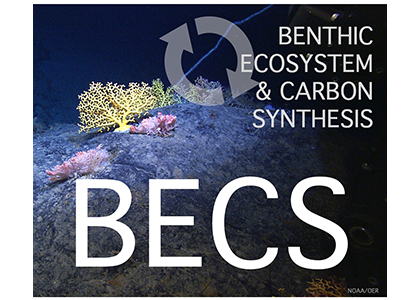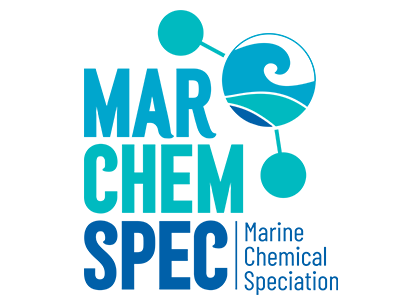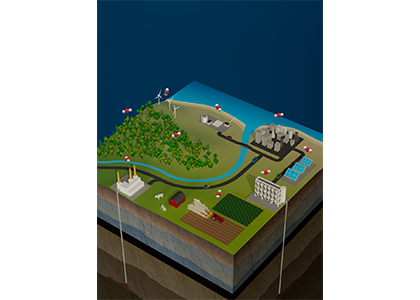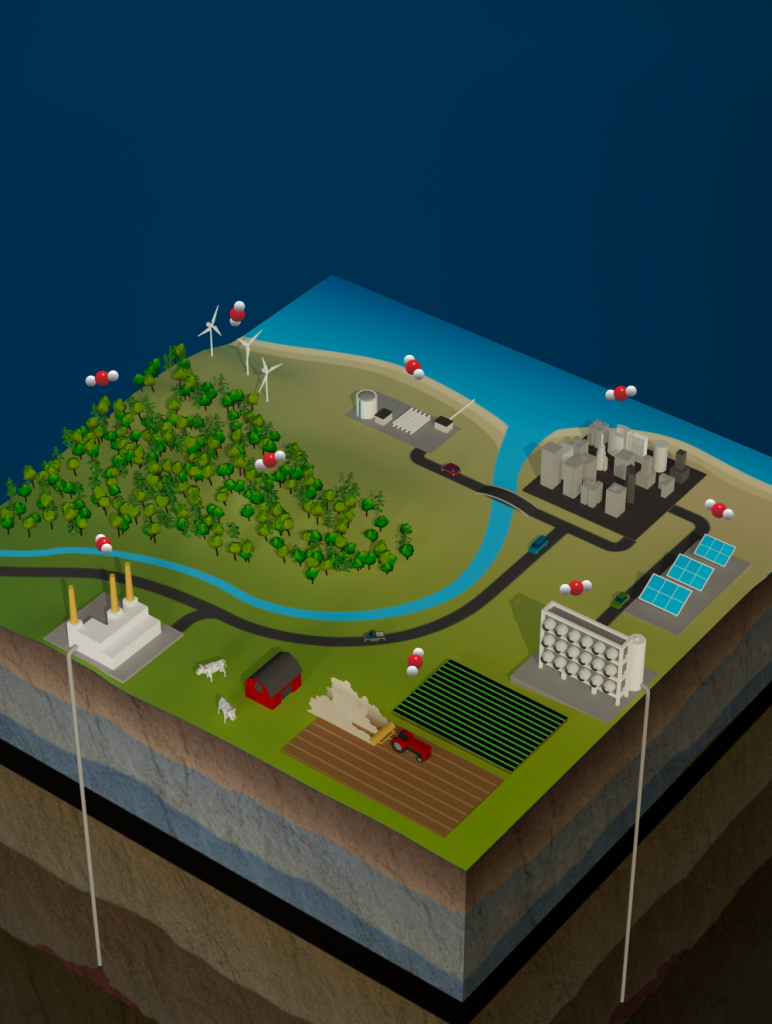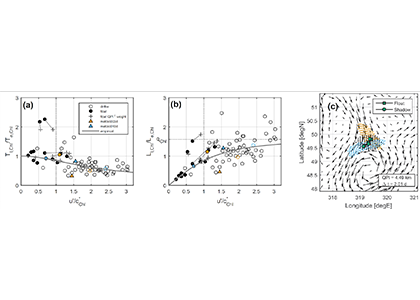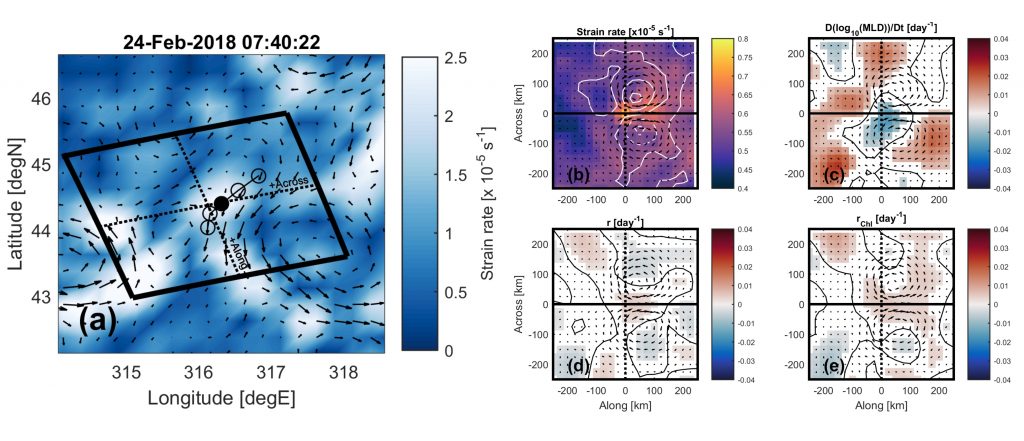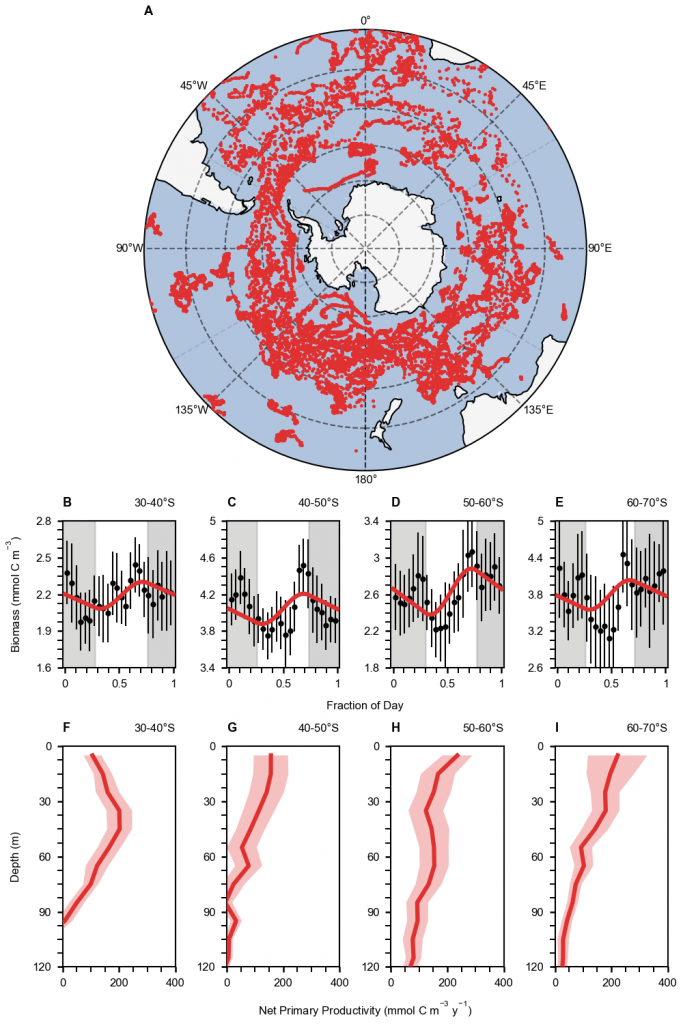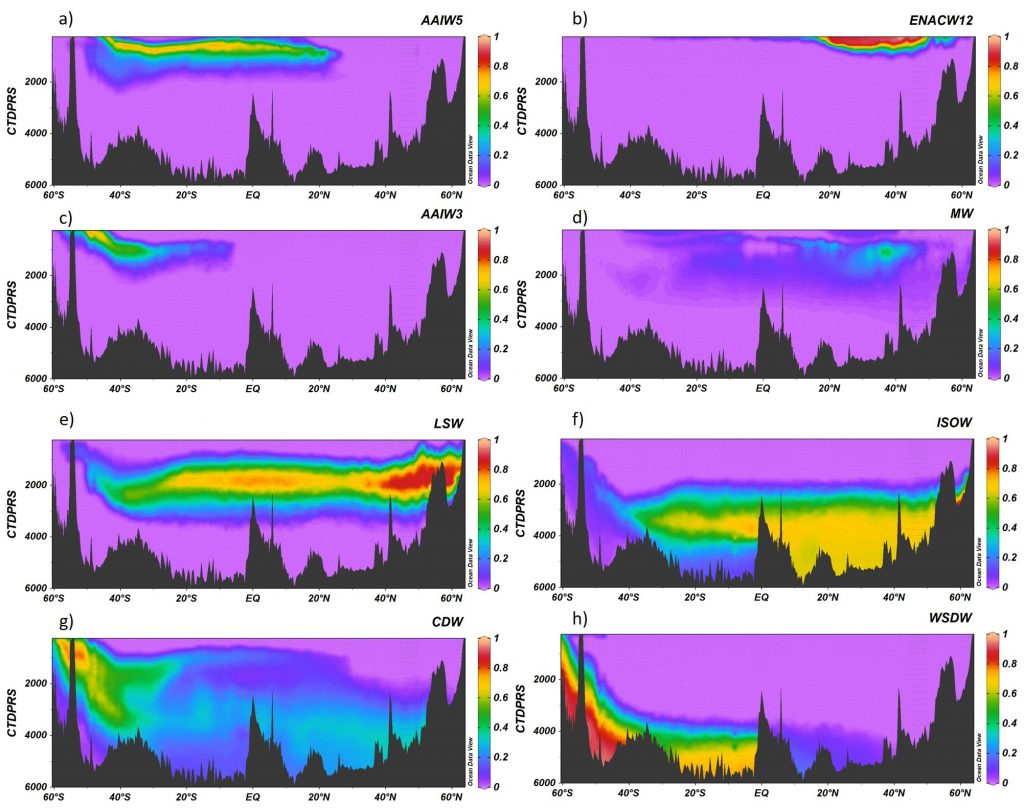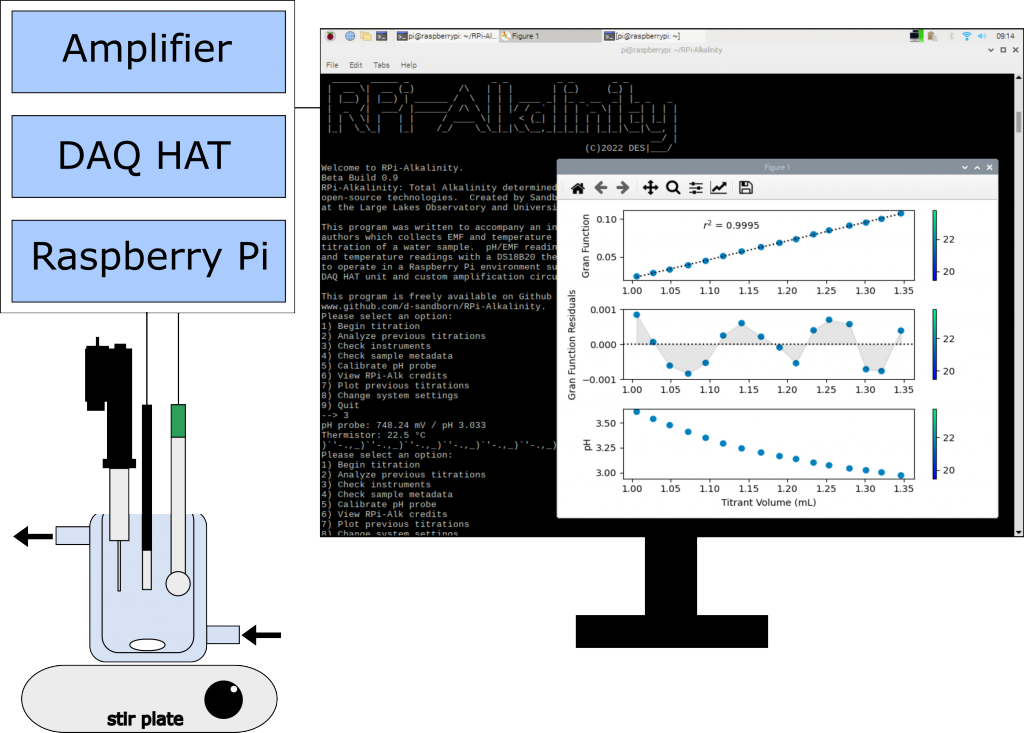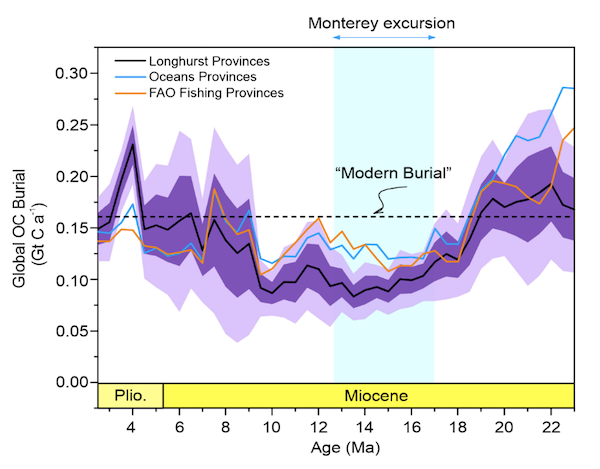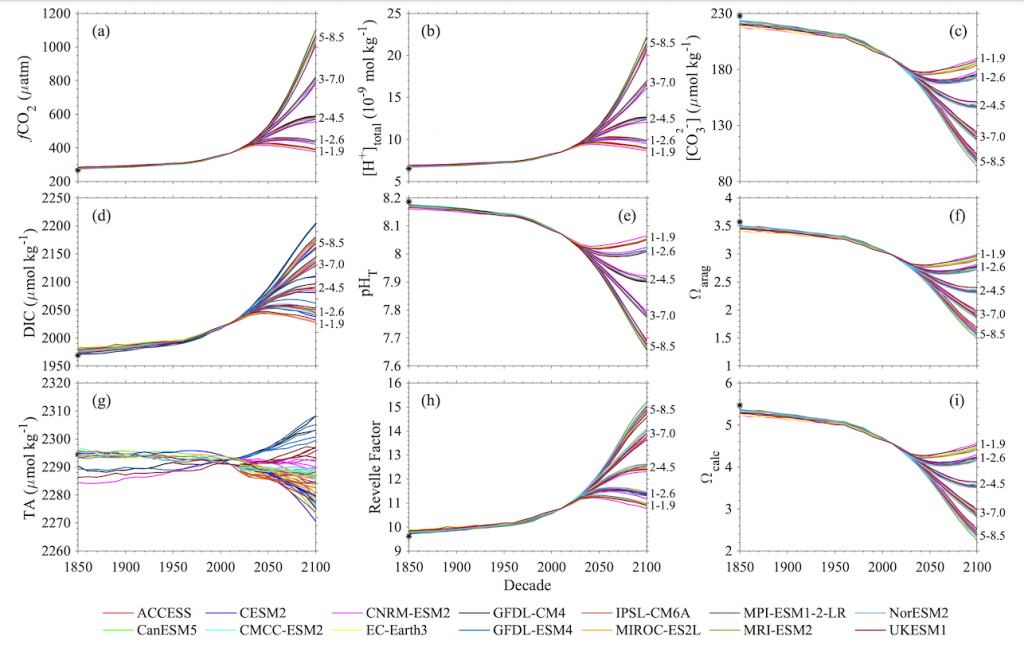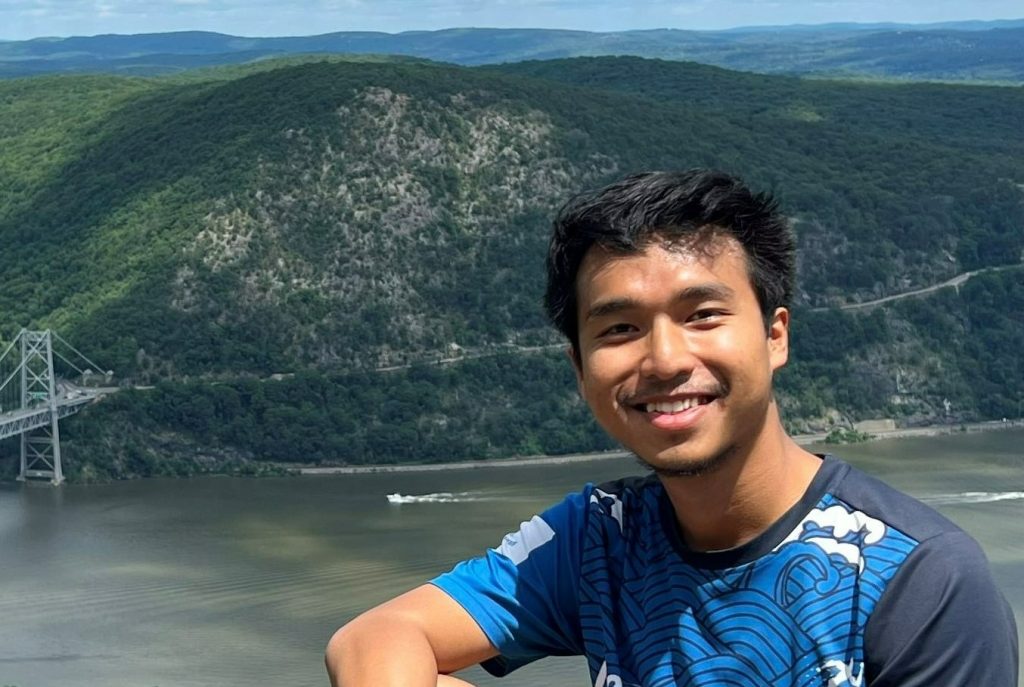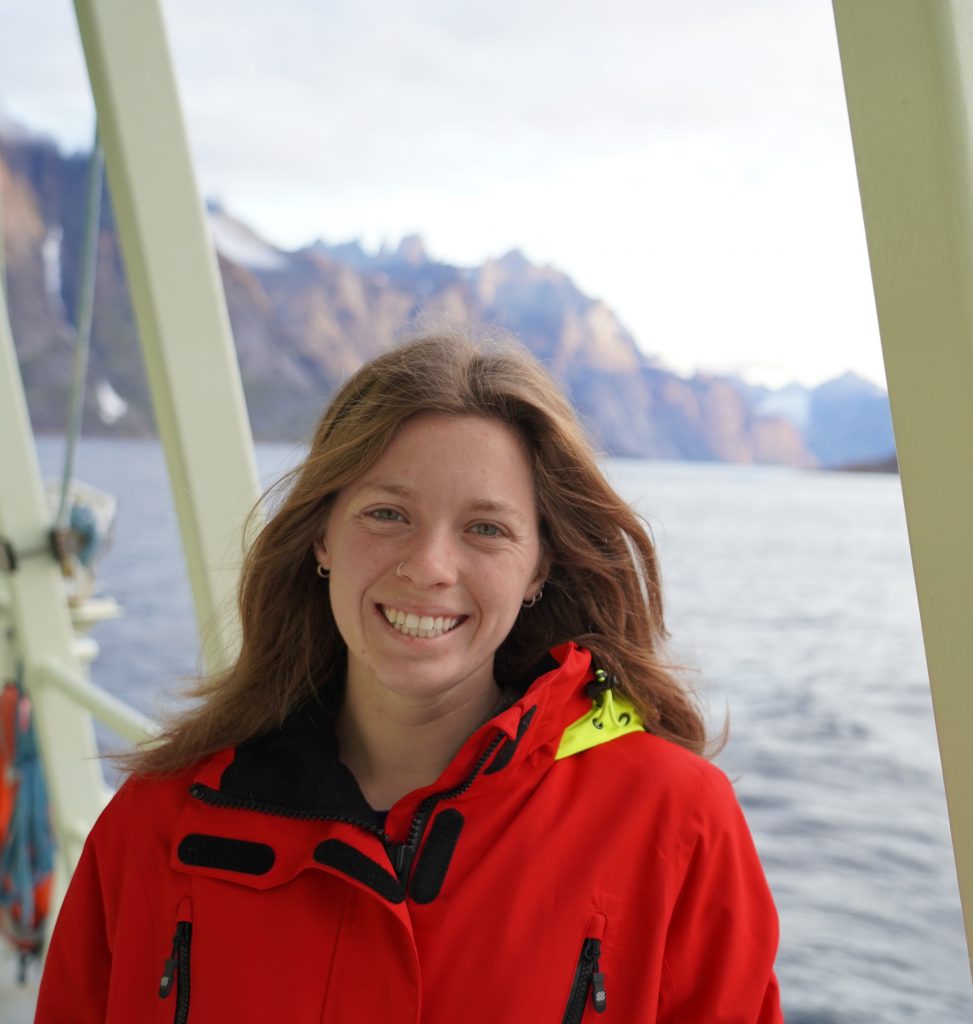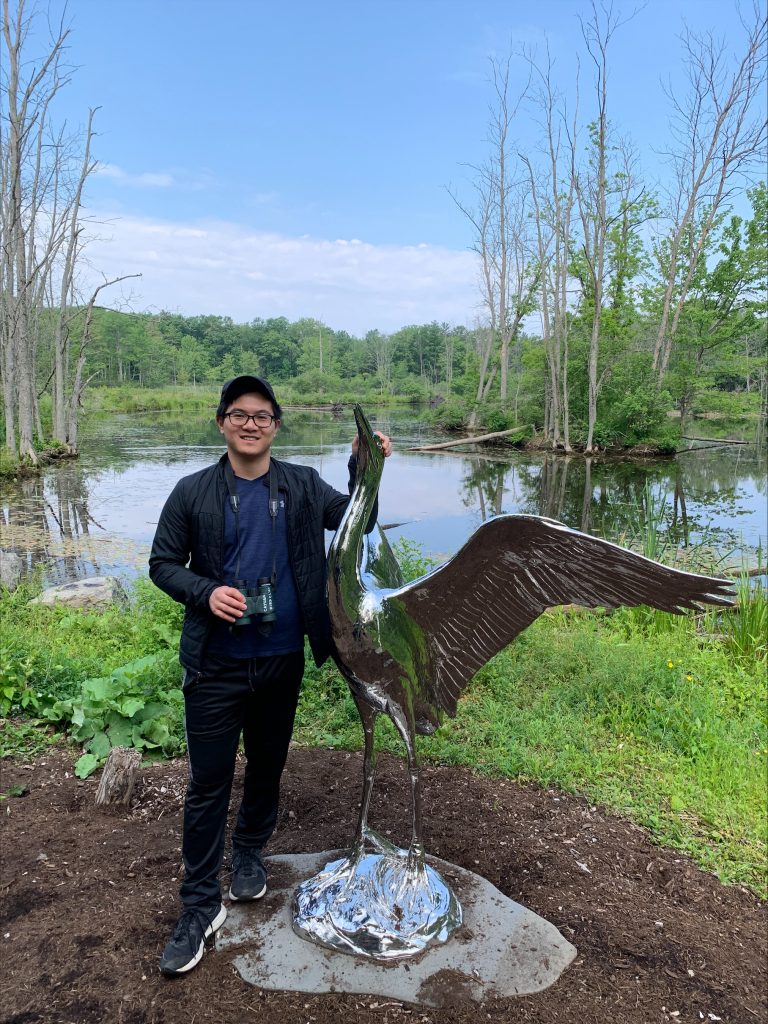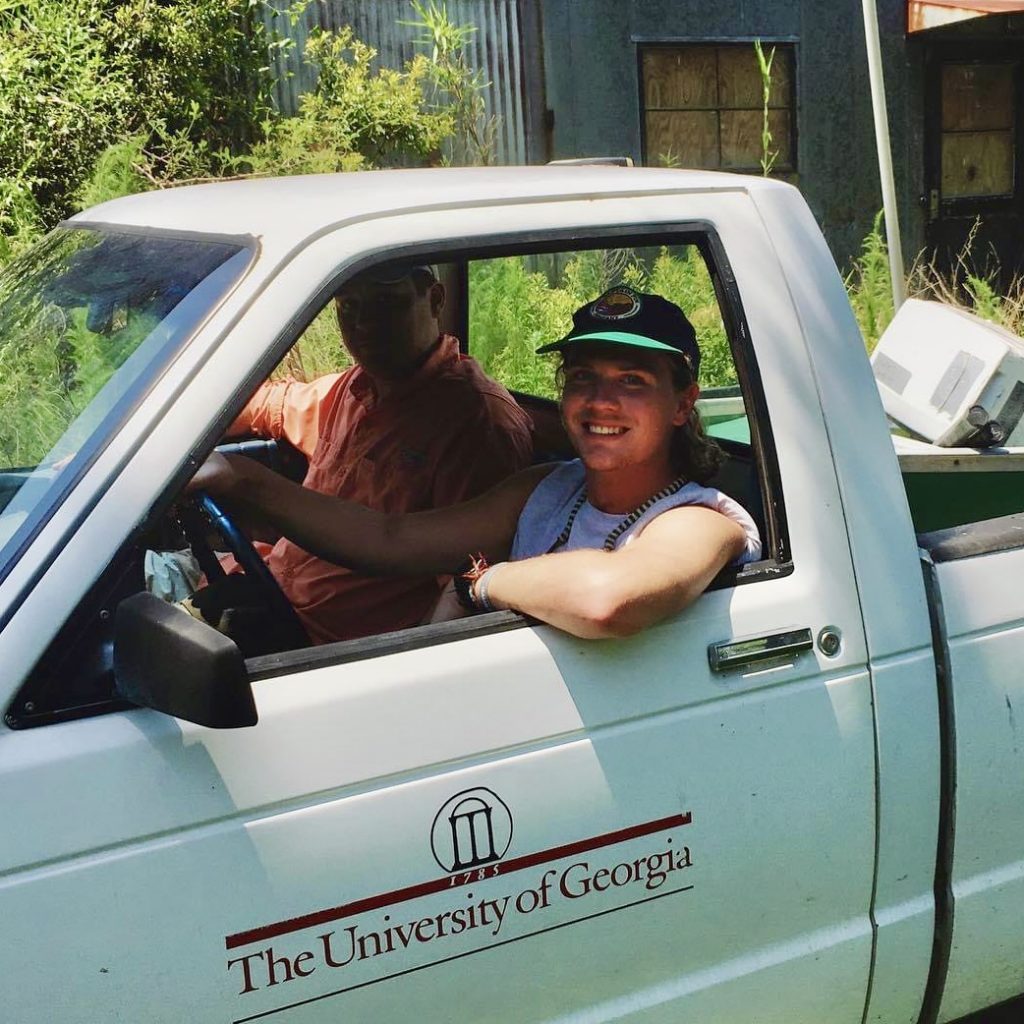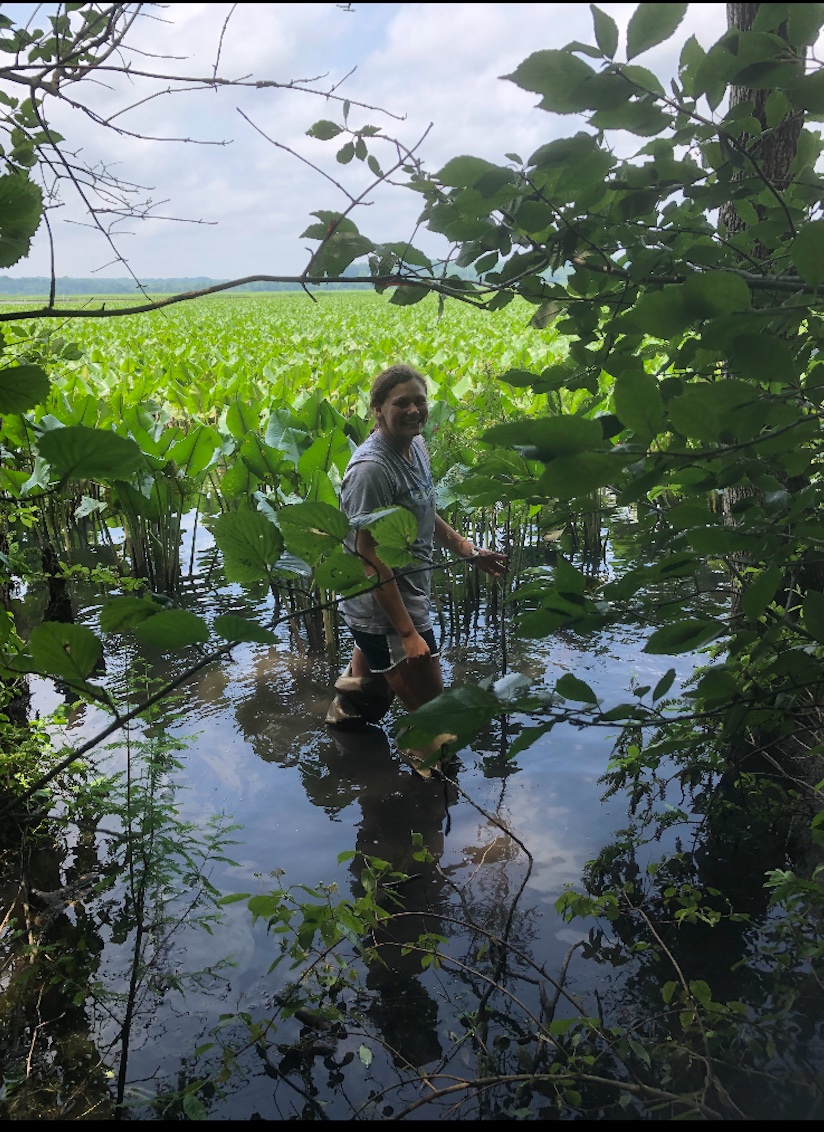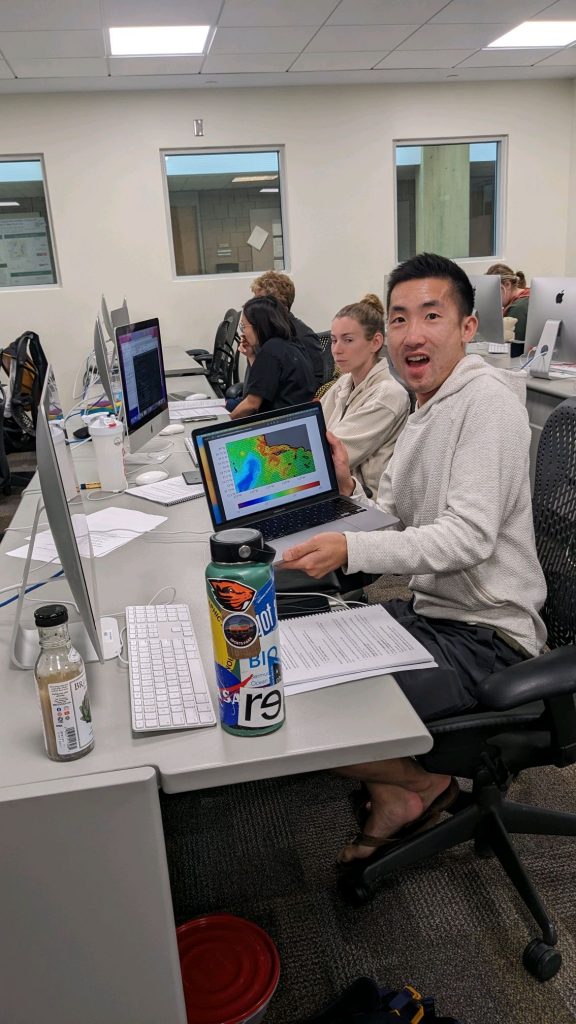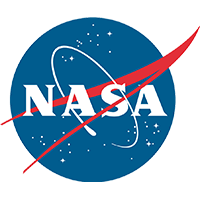Get Involved in OCB Benthic Ecosystem & Carbon Synthesis!
The OCB Benthic Ecosystem and Carbon Synthesis (BECS) Working Group is aimed at understanding the carbon cycle and ecosystems within the land-to-ocean aquatic continuum by improving our understanding of related benthic processes and their representation in ocean and climate models.
The BECS working group is seeking
1) 15 new members - nominate or apply by October 6
2) Give input to guide the working group's activities and focus by October 6
3) Call for speakers for webinar series (ongoing)
Find details on the working group webpage.

